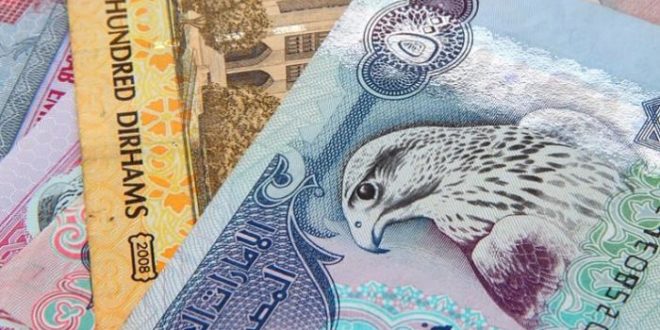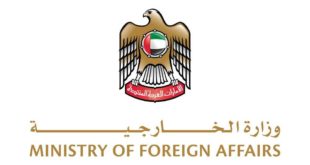Media In – Abu Dhabi – 8 October 2018 / WAM /
The value of the dirham against the currencies of the top ten trade partners in the import and export of the UAE whose currencies are not pegged to the dollar during the second quarter of 2018 compared to the first quarter of the same year due to the strength of the dollar during the monitoring period. On the import side, the value of the dirham rose during the second quarter of 2018 against the currencies of the top ten import partners of the UAE from countries whose currencies are not pegged to the dollar by 1.3%. The most prominent of which was the rise of the dirham against the Indian rupee by 4.03% and 3.16% against the euro, with imports from these countries constituting 52.3% of the total imports of the UAE. The recent depreciation of the Chinese yuan against the US dollar strengthened the dirham against the renminbi by 0.3 percent in the second quarter of this year. China is the most important exporter of goods to the UAE, accounting for 18.7% of the country’s total imports. The dirham also rose 0.78% against the Japanese yen, 0.75% against the South Korean won, 2.35% against the British pound and 3.94% against the Swiss franc. As for non-oil exports, the value of the dirham increased by 2.09% during the second quarter of 2018 against the major export partners of non-oil products whose currencies are not linked to the US dollar. The value of the dirham rose by 4.03% against the Indian rupee – 10.7% of the UAE’s non-oil exports. In addition, the dirham continued to gain momentum for the third consecutive quarter against the Iraqi dinar which increased by 0.59% and the Pakistani rupee, which rose by 5% . Non-oil exports to both countries accounted for 6.42% of total non-oil exports. The dirham rose on an annualized basis against the currencies of export partners from non-oil countries at the same rate until the second quarter of 2018, increasing by 2.05%, supported by gains against the Indian rupee by 3.9% and the Pakistani rupee by 11.4%. Taking into account all UAE trade partners, the nominal effective exchange rate has shown a pattern similar to the weighted variation of the dirham against the currencies of the major import partners and export partners from non-oil countries. The nominal effective exchange rate jumped 2.4% in the second quarter of 2018 compared to the previous quarter, after a decline of 2.7% in the first quarter of the same year. The real effective exchange rate, which takes into account the inflation gap between the UAE and its trading partners, rose by 1.2% in the second quarter of 2018.
 Media ININ Economy We Trust
Media ININ Economy We Trust








